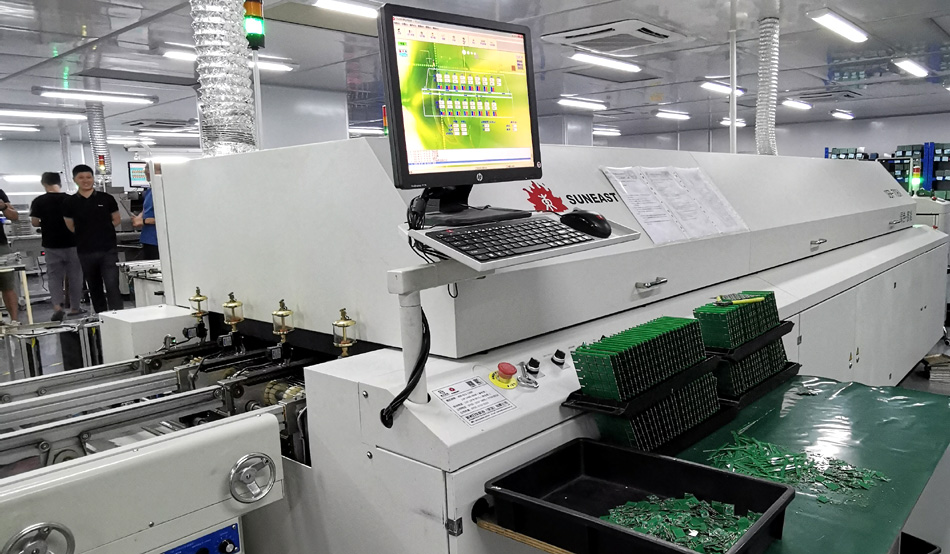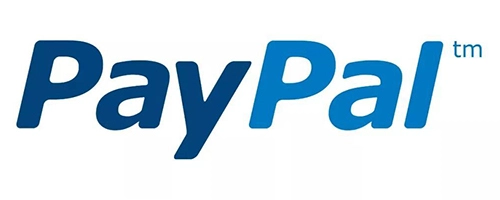- English
- Español
- Português
- русский
- Français
- 日本語
- Deutsch
- tiếng Việt
- Italiano
- Nederlands
- ภาษาไทย
- Polski
- 한국어
- Svenska
- magyar
- Malay
- বাংলা ভাষার
- Dansk
- Suomi
- हिन्दी
- Pilipino
- Türkçe
- Gaeilge
- العربية
- Indonesia
- Norsk
- تمل
- český
- ελληνικά
- український
- Javanese
- فارسی
- தமிழ்
- తెలుగు
- नेपाली
- Burmese
- български
- ລາວ
- Latine
- Қазақша
- Euskal
- Azərbaycan
- Slovenský jazyk
- Македонски
- Lietuvos
- Eesti Keel
- Română
- Slovenski
- मराठी
- Srpski језик
How does equipment upgrades affect production efficiency in PCBA factories?
In the rapidly evolving electronics manufacturing industry, PCBA (Printed Circuit Board Assembly) processing is a critical step. Equipment upgrades and updates play a crucial role in improving production efficiency, ensuring product quality, and responding to market changes. This article will explore the impact of equipment upgrades on production efficiency in PCBA factories, analyze the advantages of new equipment, and explore effective equipment management strategies.

1. Improving Production Efficiency
Faster Production Speed
New equipment often utilizes advanced technology and more efficient processes, significantly increasing production speed. For example, modern placement machines can complete more placement tasks in a shorter time. In contrast, older equipment often has speed limitations during production, resulting in longer production cycles. By introducing high-performance equipment, PCBA factories can quickly respond to customer orders while maintaining quality, improving overall production efficiency.
Reducing Failure Rates
Aging equipment can lead to frequent failures, which not only impacts production efficiency but can also result in financial losses. Upgrading equipment can reduce failure rates and minimize downtime caused by equipment issues. New equipment is often equipped with more advanced monitoring systems that monitor equipment status in real time, providing timely warnings and addressing potential issues, thereby improving equipment stability and reliability.
2. Improving Product Quality
Precision and Consistency
Upgrading equipment not only increases production speed but also enhances product precision and consistency throughout the production process. Modern equipment is equipped with high-precision sensors and control systems, enabling real-time monitoring and adjustment of parameters during production to ensure that every product meets design standards. This high-precision processing capability significantly improves product quality and reduces rework and scrap.
Supporting the Application of New Technologies
With the continuous advancement of technology, new production processes and materials are constantly emerging. Upgrading equipment allows PCBA factories to adopt these new technologies and adapt to changing market demands. For example, older equipment may not be able to meet the requirements of higher-density electronic components or complex circuit designs. By upgrading equipment, factories can stay ahead of the competition.
3. Reducing Production Costs
Increasing Equipment Utilization
New equipment often features a higher level of automation, making operation and management easier. By upgrading equipment, factories can achieve higher equipment utilization, reduce labor costs, and reduce the risk of operational errors. A higher degree of automation can also reduce reliance on manual labor, enabling factories to maintain efficient production capacity even when faced with labor shortages.
Reducing Energy Consumption and Maintenance Costs
Newer equipment often offers improved energy efficiency, and upgrading equipment can significantly reduce energy consumption during production. Furthermore, modern equipment features more user-friendly designs and ease of maintenance, reducing maintenance and repair costs. This significantly supports cost control for PCBA factories.
4. Strengthening Flexibility
Adapting to Market Changes
Changing market demand often requires PCBA factories to be more flexible. The introduction of new equipment enables production lines to quickly adjust to meet the production needs of different products. For example, when receiving customized orders, modern equipment can quickly adjust production parameters to ensure fast delivery. This flexibility is a key factor in improving customer satisfaction.
Achieving Multifunctional Production
By upgrading equipment, PCBA factories can achieve multifunctional production to meet diverse market demands. For example, a single machine can simultaneously process multiple types of circuit boards, reducing line changeover time and improving overall production efficiency. This versatility enables factories to remain competitive in a volatile market environment.
Conclusion
Equipment upgrades are a crucial tool for improving PCBA processing efficiency, impacting productivity across multiple dimensions. By increasing production speed, reducing failure rates, improving product quality, lowering production costs, and enhancing flexibility, PCBA factories can remain competitive in the fiercely competitive market. Facing future challenges, continuous equipment upgrades will be a key strategy for ensuring a factory's long-term success.
Send Inquiry
-
Delivery Service






-
Payment Options









